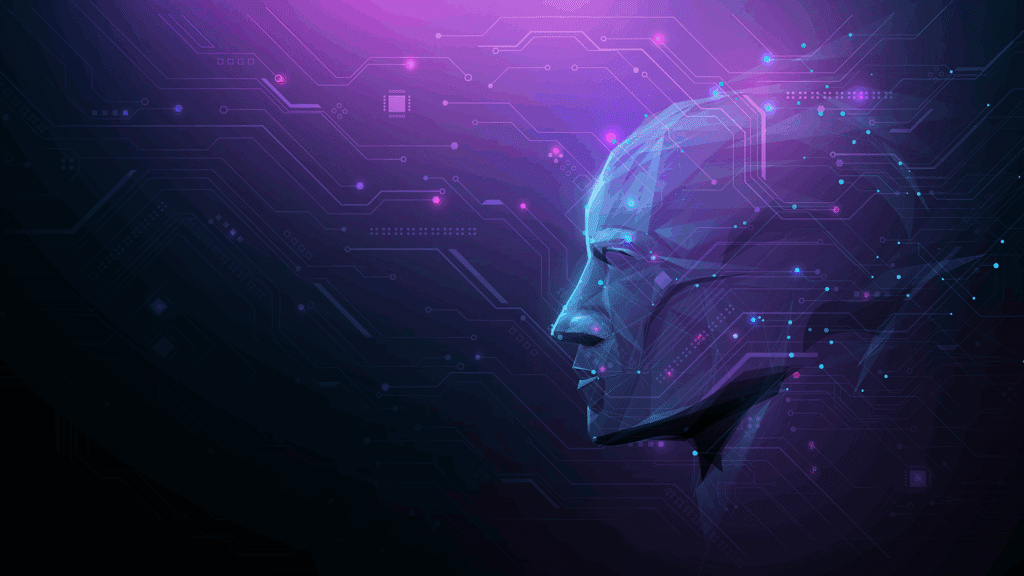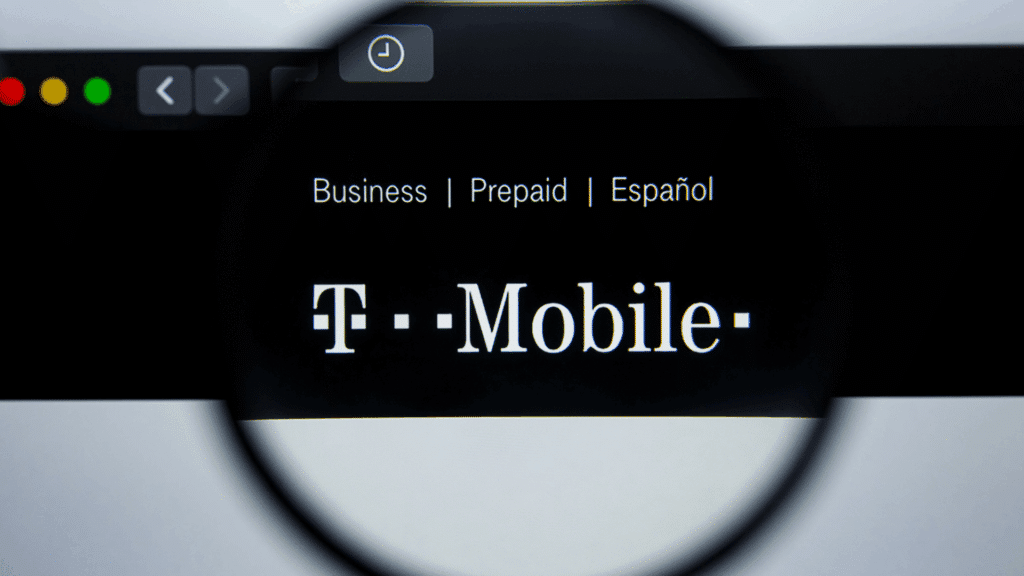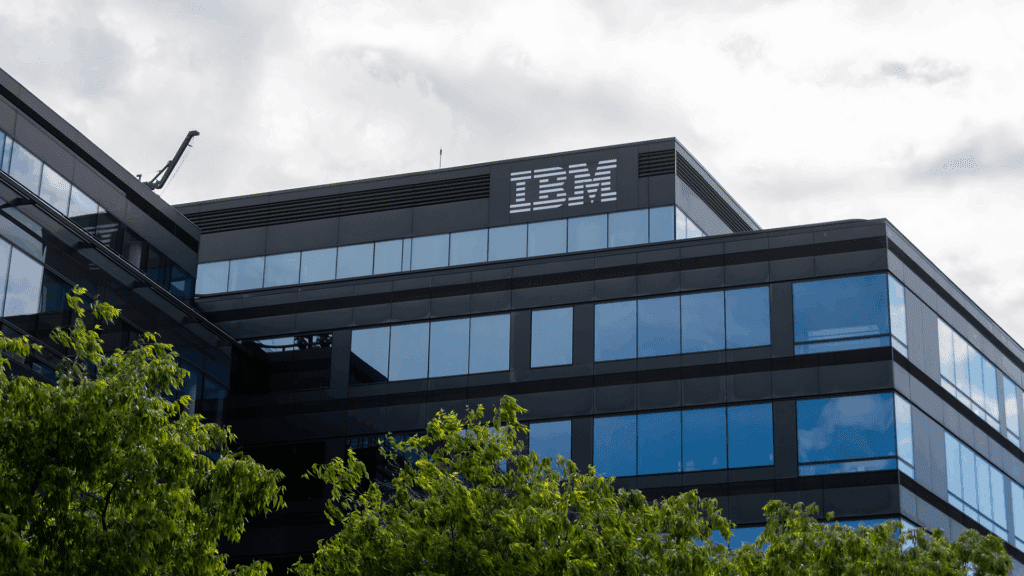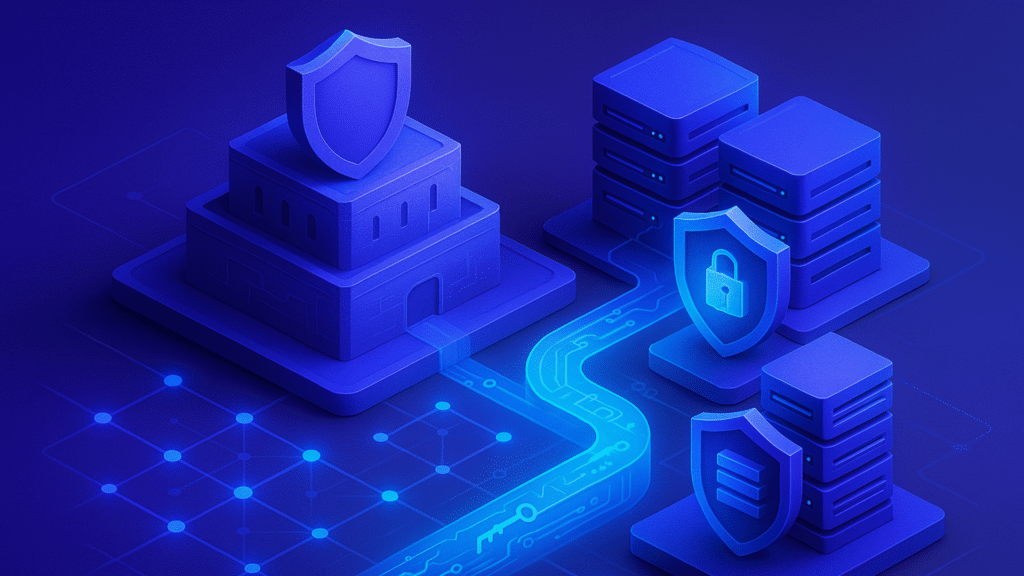The planning and implementation of a coherent and unified strategy for improving the CX of an organization usually requires a full understanding of the types of customers served, their needs and desires, how they purchase products and services, and the methods they use to interact with the organization. Without a full understanding of each element, any effort to improve or change their experience is likely to be negated by conflicts in strategy or the emergence of blind spots in customer behavior or sentiment.
The same concept holds true when considering the technology tools used to support CX initiatives. It is true that the use of a powerful new contact center solution, CRM application, or customer data platform (CDP) may provide an incremental improvement in functionality over legacy applications. But to get the most out of every technology investment and ensure that a new software solution supports, rather than hinders, the delivery of good CX processes, it is imperative to understand the functions of each element within the technology stack, recognize how each application or software platform can be linked to CX goals and objectives, and ensure that the vendor supplying the solution can meet your implementation and support expectations.
Dash Network announced the release of its inaugural edition of the CX Technology Guide, which provides a clear, concise review of the main elements of the CX technology stack, along with actionable advice for practitioners on how to evaluate technologies and vendors, match them with key business processes, and deploy a CX initiative that will yield tangible benefits for customer relationships across a range of different industries.
Download: CX Technology Guide
Because the CX technology ecosystem is a diverse web of software and service solutions, designing a successful CX initiative can be a complex undertaking. Vendors take several approaches to these requirements. Some offer a full-featured marketing, customer relationship management (CRM), engagement, and sales platform to ensure that all CX, customer engagement (CE), sales, marketing, and support data is contained in a single platform, ensuring that all relevant teams and personnel can quickly access and use this data. Others take a more piecemeal approach, using a platform (e.g., a CRM platform) as the primary source of data, and then (via APIs or other data connectors) pulling in data from other functional applications. In either case, the goal is to ensure that all customer, transaction, sales, marketing, and support data can be easily accessed by anyone interacting with the customer.
The most common approach seems to be the latter one; it is simply too expensive and disruptive to undertake a full rip-and-replace of all applications, data sources, and infrastructure at once. Further, there is significant risk involved with replacing a single application, and most enterprise decision makers are unlikely to accept that risk, given the potentially negative consequences of a new system that does not live up to expectations.
CX software is usually offered as either a platform or a standalone application, and most vendors will provide additional services designed to ensure the customer is able to reap the most value from that software, via assistance with installation, customization, and maintenance, along with providing regular product support. It is unlikely that organizations can manage all CX efforts from a single platform, regardless of vendor claims. The sheer amount of data contained within disparate databases, applications, and even external data sources portends that any application or platform selected should be designed in such a way to allow for the integration of and access to a wide variety of systems and data sources.
To help CX buyers assess the landscape of CX platforms and applications, the CX Technology Guide segments the CX software market into seven categories, each designed to capture the core function of a particular type or class of application or platform. Because CX efforts rely on the ability to capture relevant data once, and then ensure it can be routed, reused, and fed into several related systems, many of the software offerings in the CX space contain features or functions mirroring or replicating those found in adjacent segments.
The guide features the key considerations CX professionals should consider when selecting CX software, along with case studies that showcase successful applications of these technologies within a variety of industry sectors. The guide also includes industry spotlights on telecommunications, transportation, and insurance.
The CX Technology Guide is a free resource for CX practitioners and professionals exploring the CX technology landscape. Its distribution is made possible through support by several sponsors: Khoros, Pisano, QuestionPro, SMG, and Tealium.
Download: CX Technology Guide
Author Information
Keith has over 25 years of experience in research, marketing, and consulting-based fields.
He has authored in-depth reports and market forecast studies covering artificial intelligence, biometrics, data analytics, robotics, high performance computing, and quantum computing, with a specific focus on the use of these technologies within large enterprise organizations and SMBs. He has also established strong working relationships with the international technology vendor community and is a frequent speaker at industry conferences and events.
In his career as a financial and technology journalist he has written for national and trade publications, including BusinessWeek, CNBC.com, Investment Dealers’ Digest, The Red Herring, The Communications of the ACM, and Mobile Computing & Communications, among others.
He is a member of the Association of Independent Information Professionals (AIIP).
Keith holds dual Bachelor of Arts degrees in Magazine Journalism and Sociology from Syracuse University.







